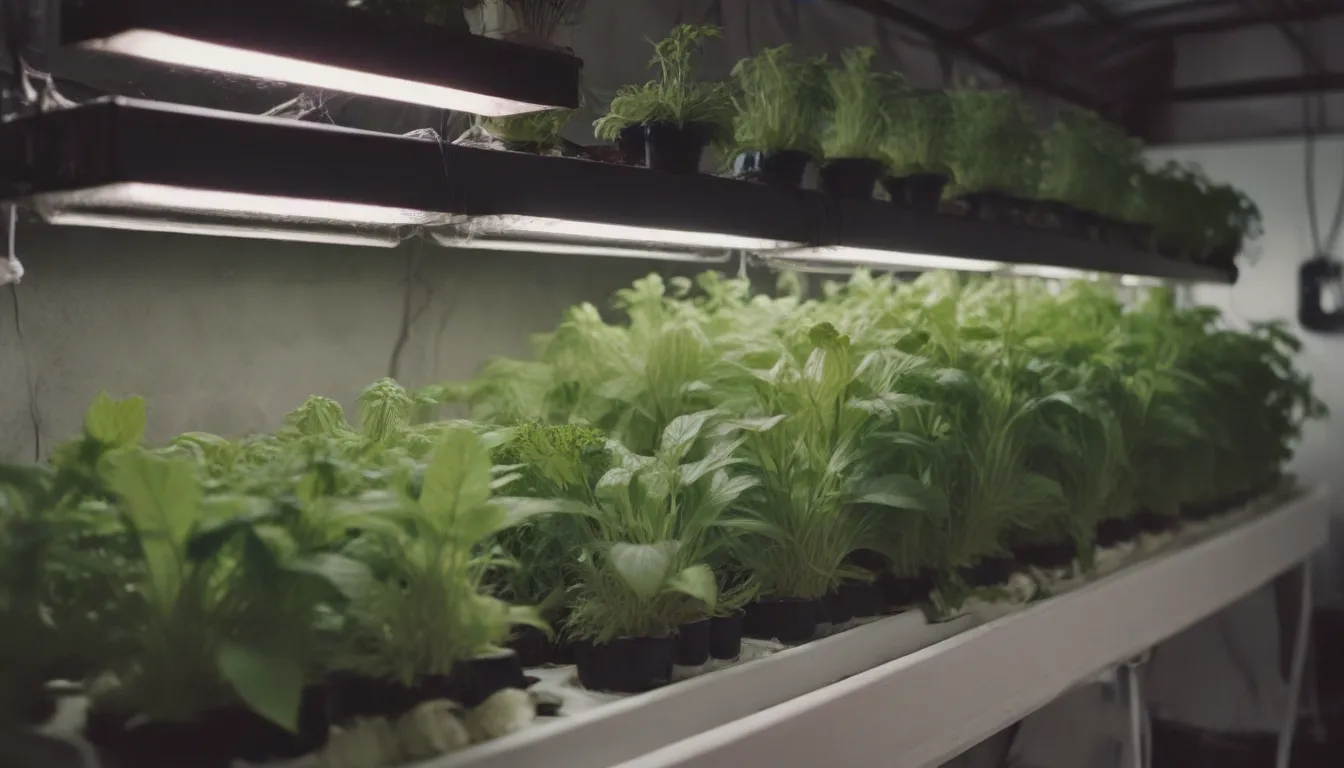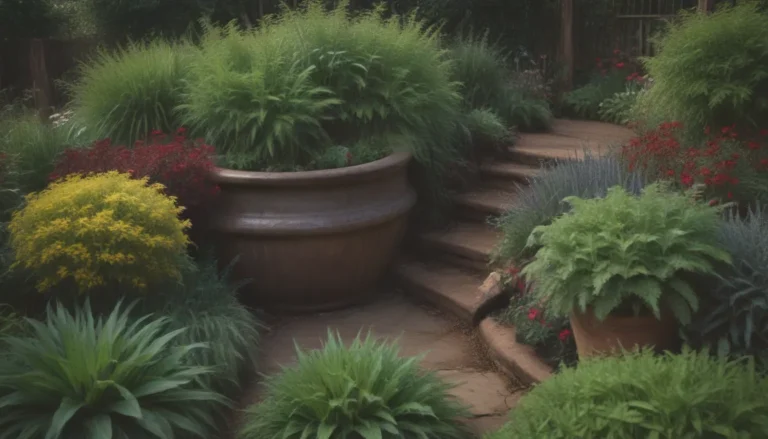A Comprehensive Guide to Choosing the Right DIY Hydroponic System

Are you looking to start a hydroponic garden but don’t know where to begin? Hydroponic gardening offers a sustainable and efficient way to grow vegetables, flowers, and herbs without the need for traditional soil. Whether you have limited space or want to experiment with a new gardening method, a DIY hydroponic system might be the perfect solution for you.
In this in-depth guide, we will explore the different types of hydroponic systems available, from simple wick systems to more advanced nutrient film technology (NFT) systems. By the end of this article, you will have a clear understanding of the various options and be equipped to choose the right DIY hydroponic system for your needs.
Why Choose a DIY Hydroponic System?
Hydroponic gardening offers several benefits over traditional soil-based gardening. Here are a few reasons why you might consider starting a DIY hydroponic garden:
- Efficient use of space: Hydroponic systems can be set up in small spaces, making them ideal for urban environments or indoor gardening.
- Reduced maintenance: Hydroponic gardens require less pest and weed control compared to soil-based gardens.
- Faster plant growth: With direct access to nutrients, plants in hydroponic systems often grow faster and produce higher yields.
- Water conservation: Hydroponic systems use water more efficiently than traditional gardens, making them a sustainable option.
Types of DIY Hydroponic Systems
Wick Hydroponic System
The wick hydroponic system is one of the simplest and most affordable options for beginners. This system relies on absorbent materials such as perlite or vermiculite to draw nutrient-rich water up to the plants’ roots. Wick systems are easy to set up and require minimal maintenance, making them a great choice for growing herbs or smaller plants.
Pros of Wick Hydroponic Systems:
– Easy to set up and maintain
– Affordable materials
– Ideal for small plants like herbs
Water Culture Hydroponic System
In a water culture hydroponic system, plants’ roots are directly immersed in nutrient-bearing water. This system removes barriers between plants and nutrients, allowing for faster growth and higher yields. Water culture systems are simple to set up and work well for a variety of plants.
Pros of Water Culture Hydroponic Systems:
– Faster plant growth
– Higher yields
– Simple design
Ebb and Flow Hydroponic System
The ebb and flow hydroponic system, also known as a flood and drain system, floods the growing medium periodically with nutrient-rich water. This system is larger in size and allows for the cultivation of a wide range of plants, including root vegetables like carrots. Ebb and flow systems are versatile and effective for growing diverse crops.
Pros of Ebb and Flow Hydroponic Systems:
– Suitable for a wide variety of plants
– Allows for large plant growth
– Versatile and effective
Drip Hydroponic System
Drip hydroponic systems use thin hoses to deliver water directly to the plants’ roots. These systems are highly dependable and can be either recirculating or non-recirculating. Drip systems are popular for their efficiency and ease of use.
Pros of Drip Hydroponic Systems:
– Efficient water delivery
– Easy to set up and maintain
– Versatile for different plant types
Nutrient Film Technology (NFT) Hydroponic System
NFT hydroponic systems use a thin film of nutrient-rich water that passes through the plants’ root systems. The water is collected and cycled back to the plants, creating a continuous flow of nutrients. This system is ideal for growing a wide range of plants and is popular among experienced hydroponic gardeners.
Pros of NFT Hydroponic Systems:
– Continuous nutrient flow
– Ideal for various plant types
– Efficient use of water and nutrients
Aeroponic Hydroponic System
Aeroponic systems are advanced hydroponic systems that suspend plants in air, with nutrient-rich misted water bathing the roots. This system is highly efficient and produces excellent results but requires more technical expertise to set up and maintain.
Pros of Aeroponic Hydroponic Systems:
– Efficient nutrient delivery
– High plant yields
– Space-saving design
Tips for Choosing a DIY Hydroponic System
When selecting a DIY hydroponic system, consider the following factors to ensure the best results:
- Space: Determine the available space for your hydroponic garden and choose a system that fits your area.
- Plant Type: Consider the types of plants you want to grow and choose a system that caters to their specific needs.
- Budget: Evaluate your budget for materials, lighting, and maintenance to select a system that aligns with your financial resources.
- Experience: Assess your gardening skills and choose a system that matches your level of expertise.
Conclusion
Choosing the right DIY hydroponic system can seem overwhelming at first, but with the right information and guidance, you can create a successful and sustainable garden. Consider your space, budget, and plant preferences when selecting a system, and don’t be afraid to experiment and learn along the way.
By exploring the various types of hydroponic systems available, you can find the perfect fit for your gardening needs and enjoy the benefits of growing your own food in a unique and innovative way. Happy gardening!





